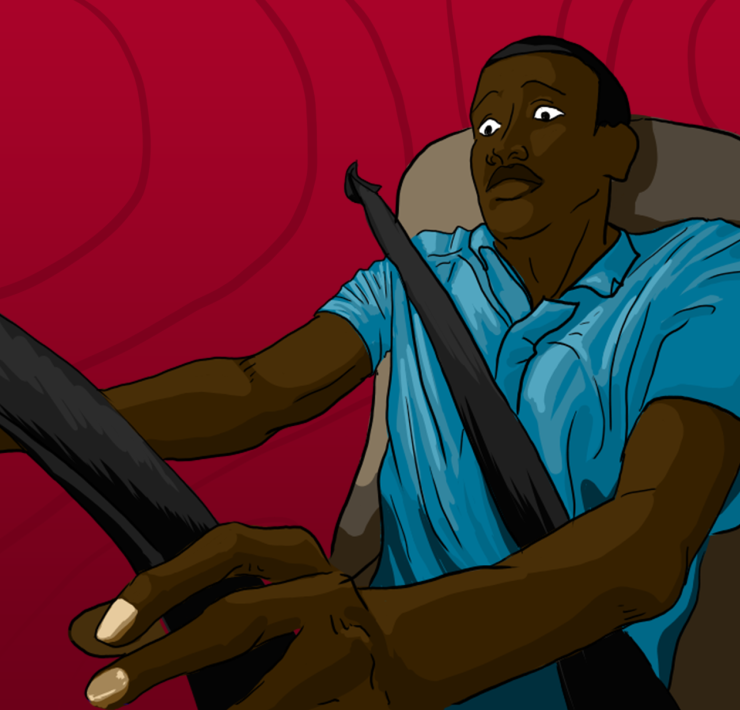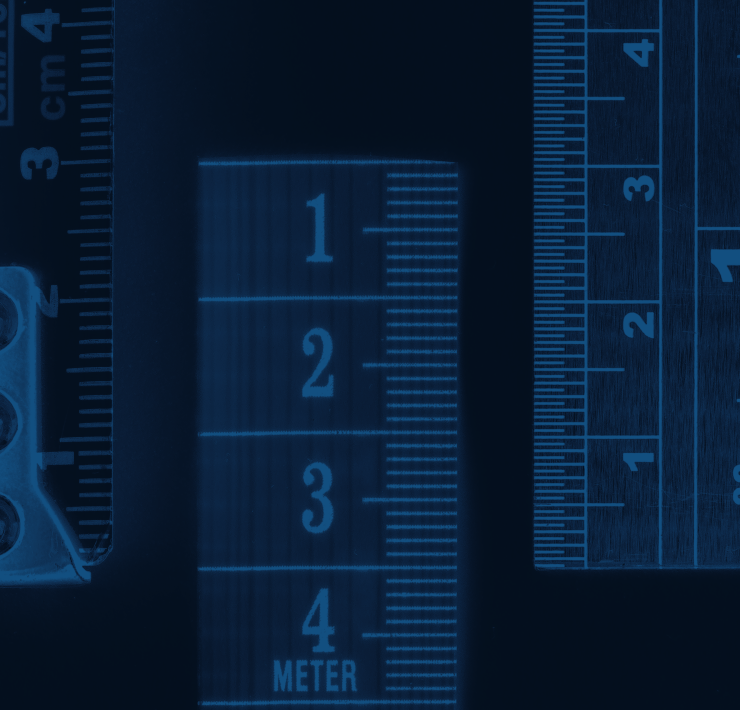Today’s Jubilee Party is a far cry from its earlier pomp. Out of government, with its leaders eyeing the governing Kenya Kwanza coalition, Uhuru Kenyatta’s party barely compares to the outfit that governed for two consecutive terms. This, remember, was the government that would use technology to solve all kinds of problems.
First there were the solar-powered laptops, which were supposed to leapfrog the country’ electricity deficit while bringing online learning to thousands of Kenyan students. Not only did the laptops remain battery powered, they were downgraded for yellow tablets. Alternative voices suggested that computer labs were a better idea, or even distributing the laptops to Form One students, instead of Standard One. These were 8-4-4 days.
News reports show the yellow tablets remain unused in schools across the country. Although the laptops promise came to a sticky end, it did admittedly result in a substantial consolation prize, feeding into the government’s bid to electrify primary schools through the former Rural Electrification Authority (now REREC) covering as much of the country as possible.
Then there was the cattle rustling problem. The 2013 election came in the wake of tragedy, when police officers were killed in Baragoi, Samburu County (the final total would eventually come to 42) in November 2012.
Now, the recovery of stolen livestock presents some intractable problems, the biggest being the ambushes security forces face when trying to recover the animals from herders who often know the landscape better.
The Jubilee manifesto for the 2013 election promised an end to this, pledging to “Introduce bolus technology to deal with cattle rustling and other forms of livestock theft.” Briefly, bolus technology involves a capsule with a transponder inserted into the rumen, one of a cow’s four stomachs. The data in the bolus can be read by receivers placed in certain locations, or read by a hand-held reader using Radio Frequency.
All this conjured up a wildly hopeful vision of a livestock control room, with a massive NASA-esque screen, showing a mass of slowly moving cow and goat icons. Like a Flightradar24, but for cows.
The hopeful vision continued to imagine that as soon as cows were reported stolen they would be tracked based on their unusual movement and an ambush laid, perhaps by a special stock theft SWAT team with cow hoof unit patches. The same technology would doubtless have been used to monitor large herds of cattle around national parks such as Tsavo, where grazing is unlikely to stop soon. Then there are camels around Kitui, whose herders insist on their right to graze with deadly consequences for landowners.
Obviously, this vision was wildly optimistic because Radio Frequency Identification (RFID) is different from Global Positioning System (GPS), meaning it was not really possible to geolocate the animals on a computer screen in Nairobi once an RFID bolus was inserted. But let’s carry on.
Initial media coverage around the bolus technology was largely positive, and at least one technology expert urged the government to adopt the technology. But around 2015, the tone of coverage had shifted to “reviving” the stalled initiative. And more recent newspaper coverage decried the abandonment of the technology. The Daily Nation reported that when the technology was first deployed, rustlers stayed away, anxious to avoid being geolocated, only to hit back with relish once they realised no tracking was going on. It’s enough to drive a farmer to despair.
As of December 2022, there is little evidence of the government’s enthusiasm for rumen bolus technology as an antidote to cattle rustling. In the Ministry of Agriculture’s animal identification and traceability strategy for 2020-2030, electronic or visual ear tags were preferred to rumen bolus technology for both large and small animals. The report downplayed the current feasibility of real-time tracking, blaming “limitations in battery power, size of devices and costs”.
The Intergovernmental Authority on Development (IGAD) has prepared guidelines on livestock identification and tracking in the Horn of Africa. While recognising the technology’s effectiveness against rustling, it found that the bolus was relatively expensive, and suggested it would work well to complement a system of cheaper, so-called “tamperproof” RFID tags. It also found that abattoirs reported difficulty in recycling the boluses. A report by the Food and Agricultural Organization (FAO) noted that offal grinder machines could be damaged if they were not adapted to allow removal of the bolus before rendering.
The IGAD guidelines also make clear that a proper livestock identification and tracking system must include a national database in which every animal is entered, which is almost absolutely lacking in Kenya. And where a tagging system is to be implemented, it ought to be supported by a successor law to existing cattle branding laws, that requires tagging and makes the removal of tags illegal. Botswana, previously a major user of bolus technology, has made a transition to analogue and electronic tags for identifying its cattle. But that does not stop the farmers who can afford bolus technology from using it. Irrespective of the particular technology chosen, serious national investment in the form of a cattle database will be needed. And it’s clearly worth it, given the steady movement of Kenya’s livestock to Gulf countries by sea, and the promise of access to even more lucrative EU markets. However, the most recent budget proposals for the agriculture sector do not include a livestock identification and traceability database. Without proper investment in identification technology, piecemeal efforts will continue to fail and cattle thieves will continue to prosper.







